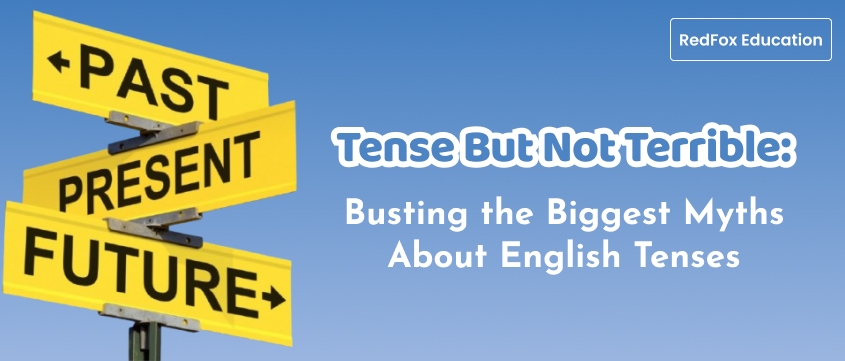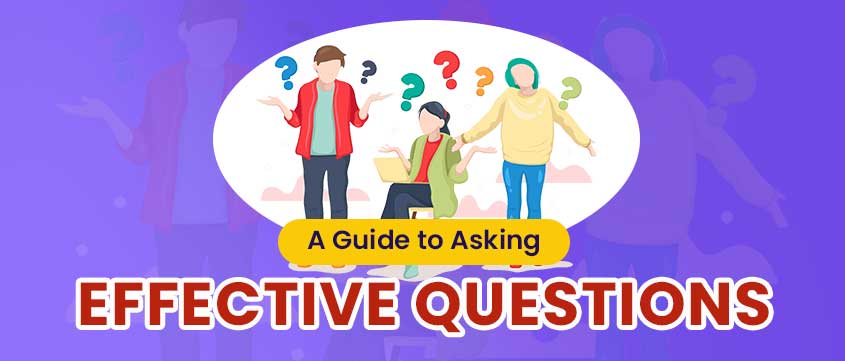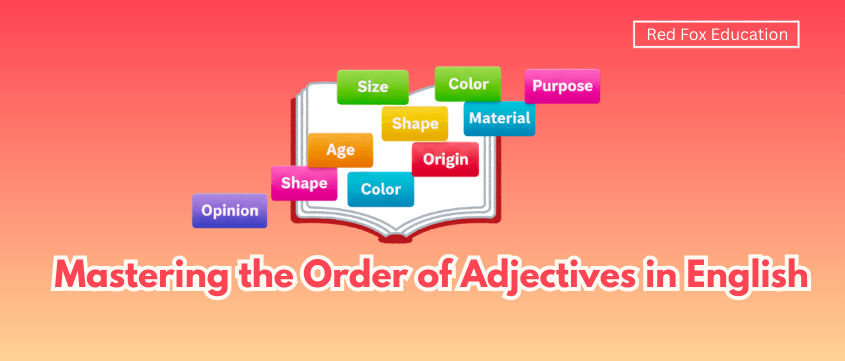If there’s one thing that intimidates English learners more than silent letters or phrasal verbs, it’s the idea that there are twelve terrifying tenses waiting to trip them up. “Twelve?!” people gasp, eyes wide. “I can barely handle the past, present, and future!” That’s the first myth we need to clear up—there aren’t twelve different universes to navigate. They’re not as separate or scary as they sound. In fact, English tenses are just combinations of time (past, present, future) and aspect (how an action unfolds). It’s not twelve monsters—it’s three basic time zones with four styles of storytelling in each. Once you see that, it feels less like algebra and more like choosing the right camera angle.
One of the biggest misunderstandings about tenses is thinking they only tell us when something happens. While time is part of the story, a tense actually describes the shape of the action. Did it happen once? Is it still happening? Has it been going on for a while? Has it just finished? Many learners misinterpret the present perfect as something happening now, because of the word “present.” But “I have eaten lunch” doesn’t mean you're currently chewing—it means lunch is done, and the effect of that past meal still matters. You’re full. That’s the real power of tenses—they show how time and action connect.
Here’s another common myth: native speakers use all twelve tenses every day. Spoiler alert—they don’t. Most casual conversations live comfortably in the land of present simple, past simple, and the occasional present perfect. The other tenses? They’re not unused, just more situation-specific. The past continuous might paint a vivid scene in a story. Future perfect might help you sound impressive in a formal plan. But you don’t need to juggle all twelve at once. Grammar isn’t a circus—it’s more like a kitchen drawer. Use the tool you need, not everything you own.
Then there’s the idea that some tenses are “advanced,” meant only for textbooks or exams. But grammar isn’t elitist—it’s practical. Compare “She cried” with “She had been crying before I arrived.” The second one gives context, mood, and a sense of time. It’s not more complicated—it’s more complete. Tenses aren’t there to confuse; they’re there to clarify. The real issue is thinking grammar is about memorizing charts when it’s really about telling clearer stories.
So the next time you feel tense about tenses, take a breath. English tenses aren’t traps—they’re tools. You’re not memorizing a dozen confusing rules. You’re learning twelve ways to shape a sentence and share an idea more clearly. And the truth is, you probably already use many of them without realizing it. See? Not so terrifying after all.
Get unlimited access to our Premium products with Red Fox Education's English courses, designed to give you the language skills and confidence needed to hold conversations in spoken English on a variety of topics.
If you still don't have the Red Fox Education mobile app download it.
Apr 15, 2025 | Grammar | No Comments











